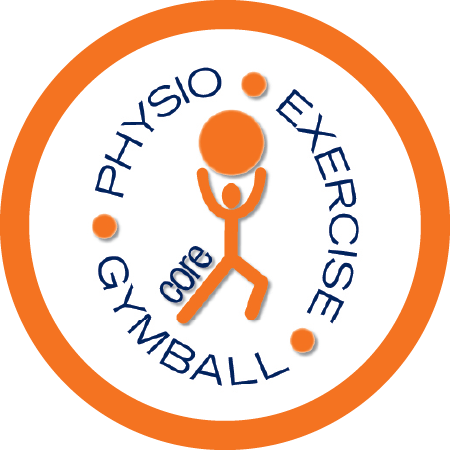Sitting is an unavoidable part of modern life. Whether it’s working at a desk, driving, or relaxing on the couch, we spend more hours sitting than most of us would like to admit. While sitting isn’t inherently “bad,” prolonged or suboptimal sitting positions can have significant effects on your spine and how your body feels and functions.
This blog unpacks what is happening in your spine when you sit, why it matters, and what small changes can make a big difference to your spinal health.
The Spine at Rest – Or Is It?
The human spine has natural curves that are designed to absorb shock, distribute loads, and support movement. When standing, the spine maintains a gentle S-shape: cervical (neck) lordosis, thoracic kyphosis, and lumbar (lower back) lordosis. However, in sitting—especially when slouched—these curves often become distorted.
In a slumped posture:
- The pelvis tilts backward, flattening the lumbar curve.
- The thoracic spine rounds forward, increasing kyphosis.
- The head shifts forward, increasing load on the cervical spine.
This positioning alters spinal alignment and increases compressive forces on the intervertebral discs—particularly in the lumbar region. Over time, this can contribute to discomfort, stiffness, and in some cases injury.
Muscles, Fascia, and Prolonged Postures
While sitting may feel like a “rest” position, muscles and soft tissues are still working. In prolonged sitting:
- Hip flexors (especially the iliopsoas) remain shortened
- Erector spinae and deep stabilisers of the spine may become underactive, while superficial back muscles become tight in compensation.
- Thoracolumbar fascia, which helps transmit force and supports upright posture, can become stiff and less elastic with inactivity.
Postural fatigue often leads people to “hang” into their structures rather than actively support their spine, contributing to joint loading and tissue strain.
Why Small Movements Matter
It’s not only how long you sit, but how you sit, and how often you change positions. Research shows that variation in posture is associated with reduced musculoskeletal complaints. Incorporating micromovements, posture shifts, or brief active breaks can restore circulation and re-engage stabilising muscles.
At Core Gymball, our Unwind the Spine term focus targets the exact structures affected by sedentary behaviour. Through active mobilisation and strengthening exercises, we aim to reverse some of the effects of sitting—improving thoracic mobility, restoring lumbar curve awareness and releasing neck tension.

